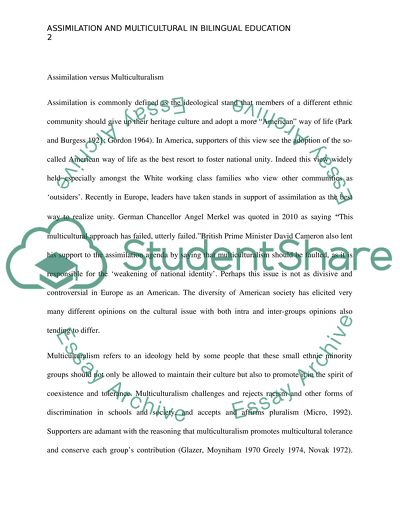Cite this document
(“Assimilation and Multicultural in bilingual education within the Research Paper”, n.d.)
Retrieved from https://studentshare.org/education/1474456-assimilation-and-multicultural-in-bilingual
Retrieved from https://studentshare.org/education/1474456-assimilation-and-multicultural-in-bilingual
(Assimilation and Multicultural in Bilingual Education Within the Research Paper)
https://studentshare.org/education/1474456-assimilation-and-multicultural-in-bilingual.
https://studentshare.org/education/1474456-assimilation-and-multicultural-in-bilingual.
“Assimilation and Multicultural in Bilingual Education Within the Research Paper”, n.d. https://studentshare.org/education/1474456-assimilation-and-multicultural-in-bilingual.


